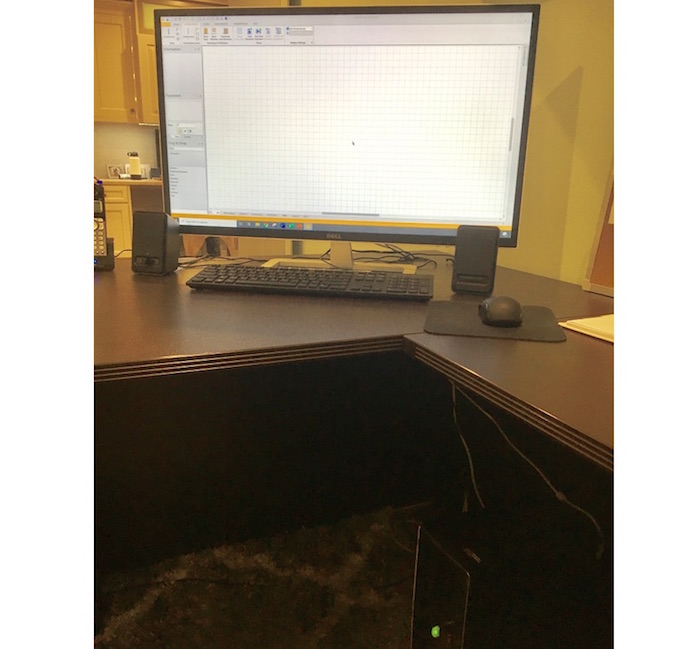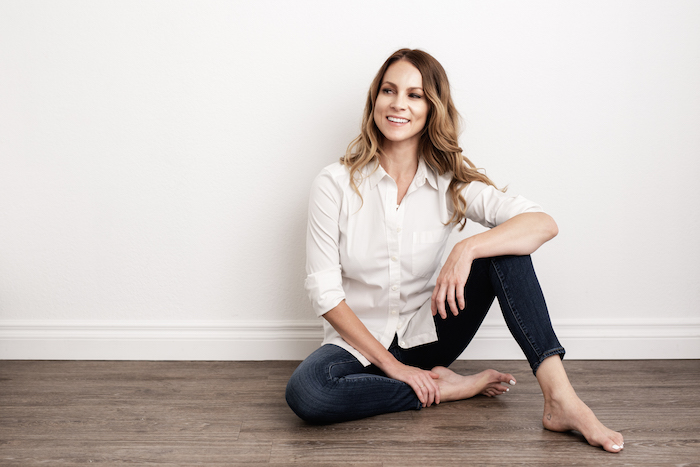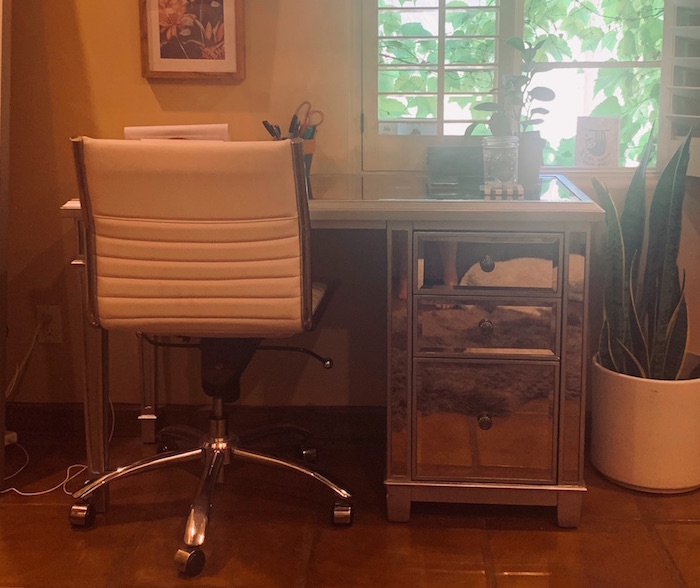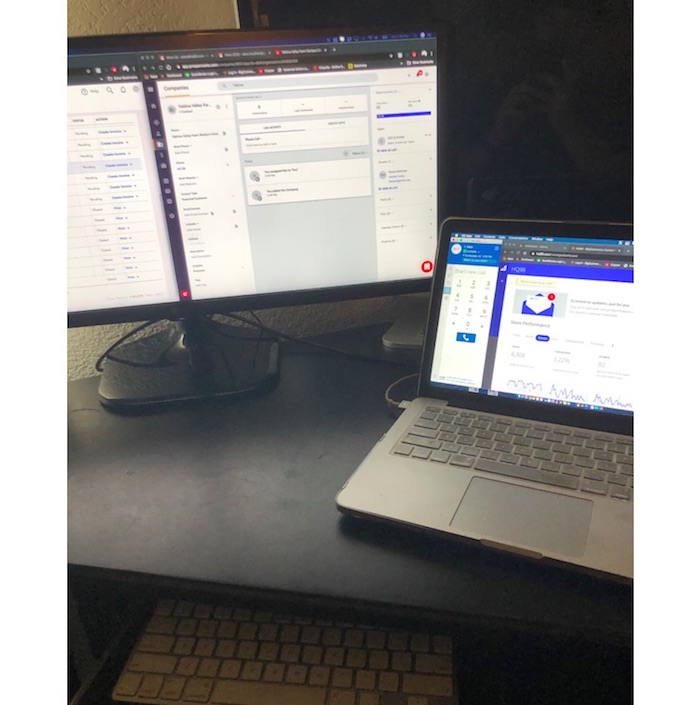The shelter-at-home orders in Arizona were officially lifted on Friday, May 15, meaning that companies across the state were allowed to reopen and potentially bring their employees back into the office. However, some businesses are deciding to allow employees to stay home if they still don’t feel comfortable. Here are a few Arizona businesses’ thoughts on the shelter-at-home orders being lifted and how some of their home offices make working from home continuously appealing.
Kitchen Remodelers Keep Options Open
Scottsdale kitchen remodelers Kitchens by Good Guys has allowed most employees to work from home since the lockdown began in March. The company’s designers have been able to create design concepts and talk to clients using the 2020 Space software designed for designers, as well as interact with clients through the Good Guys online portal.
Design Associate Simone Bumpus said working from home was a smooth transition.
“We were really lucky because we already had the infrastructure in place to work from home,” Bumpus said. “Our online portal allowed us to continue to share photos of our projects with clients and continue to come up with new design concepts without having to take everything in the office home with us.”

Good Guys was also able to communicate with clients and staff through FaceTime, something the company was already used to doing for clients who lived out of state.
“Connecting with clients remotely is something we did frequently before the pandemic,” Bumpus said. “Doing a kitchen remodel for somebody’s second home happens often enough that we were prepared to communicate with clients without them physically being there.”
Good Guys has even taken to giving clients virtual walkthroughs of the kitchen as the job goes through various stages.

The company is now working on integrating employees back into the office using staggered office hours, however, anyone who wants to work from home can continue to do so indefinitely.
“We really want to be conscious of everyone’s concerns and are completely supportive of anyone who wants to continue to work from home until they feel comfortable coming back into the showroom environment,” Bumpus said.
All in on Telehealth
When shelter-at-home orders started, therapist Laura Walton knew she had to make some adjustments for her clients at The Phoenix Center for Grief and Trauma.
“Therapy sessions have always been a very personal and interactive experience, so I was worried that clients wouldn’t have the same experience if they were not able to come into the office,” Walton said.

Walton adjusted to the reality of coronavirus by going all-in on telehealth so she could continue to connect with her patients.
“I set up space in my spare bedroom and brought some books and files from the office and jumped right into telehealth sessions,” Walton said. “Honestly the process has worked out much better than expected and I am getting a lot of positive feedback from clients.”
Telehealth has been a huge benefit to Walton and her clients; however, Walton says she is taking a more cautious approach when working with clients with an extensive history of trauma and limited grounding skills.

“If I am doing an in-person session with someone who has a severe trauma history, and they become emotionally escalated to the point where they are not able to ground themselves, then I am able to be present with them and help them to calm themselves. I have more control over the situation.” Walton said. “With telehealth, I have no control over what happens if a client leaves the room, and it is not as easy for me to help calm the client. In doing telehealth sessions, I have had to take some extra precautions when working with trauma.”
Now that the shelter-at-home restrictions are lifted, Walton will continue to do telehealth sessions for clients who need it. She is also considering restarting in-person sessions in the coming weeks for anyone who needs it.
Selling a Social Distancing Tool from Home
When Stewart McClintic and his father, Dave McClintic, started running their two-way radio company, HQ98, from home, they began to get phone calls from customers looking to use their product for social distancing.
“When we started to social distance our business potential customers started to ask us about using our two-way radios as a way to maintain social distancing for their business,” Stewart said. “Businesses from restaurants to healthcare workers really started to open up about the idea of using two-way radios to help their employees.”

As the HQ98 team took these new calls, they were adjusting to taking calls and coordinating with their team remotely. The team of four shifted their accounting software to an online format and installed apps that would forward office calls to their cell phones so they wouldn’t miss any leads.
According to Stewart, HQ98 is a very close team that prefers in-person meetings and walking into the office to make a request. The adjustment from an in-person workflow to Zoom meetings and text requests was a concern for employees, which turned out to be unfounded.
“We were worried that going remote was going to hurt our efficiency, but honestly we didn’t miss a beat,” Stewart said. “We were taking a lot more phone calls and checking purchase orders incredibly efficiently.”
With the success of working at home, everyone at HQ98 is more willing to continue the practice in the future.

“I think now that we have proven we could do it, we are going to be more open about working remotely in the future,” Stewart said. “For example, I am going to an appointment soon and I will probably go and spend the rest of the day working from home.”
Three out of four employees at HQ98 have begun working in the office again, but employees can still choose to work from home if they feel more comfortable there.
“We just want to be open to the way everyone is feeling and if someone doesn’t feel comfortable going into the office, then I think it is important we respect that.”
Find a Home-Based Business to Start-Up >>> Hundreds of Business Listings.
















































